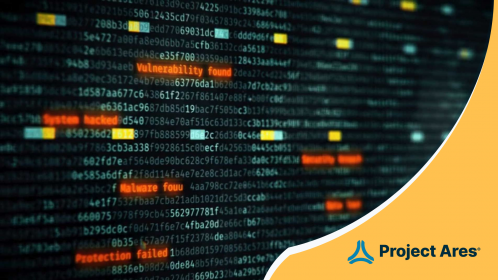It’s one of the most direct and proactive cybersecurity activities organizations can do to protect themselves from an attack, penetration testing.
Also known as ethical hacking, it involves legally breaking into computers to test an organization’s defenses. Companies make it a part of their overall security process to know if their systems are strong or not. It’s kind of like preventative maintenance. If a hired penetration tester can get into their system, it’s relatively reassuring because penetration testing teams can take steps to resolve weaknesses in their computer systems before a malicious hacker does.
So how does penetration testing work? What roadblocks are professionals in this field facing? How are companies using penetration testing today? What innovations in penetration testing are available today?
What is Penetration Testing?
Now that we understand why penetration testers exist and how critical they are to companies security posture, let’s review how they work. The ethical hacking process usually involves working with the client to establish goals and define what systems can be tested, when and how often without service interruptions. In addition, penetration testers will need to gather a lot of information about your organization including IP addresses, applications, number of users who access the systems, and patch levels. These things are considered “targets” and are typically vulnerable areas.
Next, the pen tester will perform the “attack” and exploit a vulnerability (or denial of service if that’s the case). They use tools like Kali Linux , Metasploit, Nmap, and Wireshark (plus many others) to help paid professionals work like hackers. They will move “horizontally or vertically,” depending on whether the attacker moves within the same class of system or outward to non-related systems, CSO Online notes.
Penetration Testing Career and Company Challenges
As you can imagine, being an ethical hacker naturally requires continuous learning of the latest attack methods and breaches to stay ahead of the “black hatters” and other unauthorized users. That alone can present pentesting challenges because it requires a huge time commitment and lots of continual research. In addition, the following penetration testing challenges are keeping organizations up at night:
- There were more than 9,800 unfilled penetration testing jobs in the U.S. alone. With all these jobs open, businesses are challenged to find these professionals for hire, leaving them without resources to harden their potential security vulnerabilities.
- High costs prohibit hiring dedicated and skilled CPTs. Not all CPTs are created equal, while some third parties only perform vulnerability analysis as opposed to thorough pen tests.
- Most tests are conducted via downloaded tools or as one-off engagements focused on known threats and vulnerabilities.
- Many third-party engagements have to be scheduled well in advance and run sporadically throughout the year.
A New Penetration Testing Training Solution
Recent reports note that 31% of pen testers test anywhere from 24-66% of their client’s apps and operating systems, leaving many untouched by professionals and open to vulnerability. In the face of these penetration testing challenges, government, enterprise, and academic institutions are turning to technology and persistent training methods for current staff to help. Automated penetration testing tools can augment the security testing process from asset discovery to scanning to exploitation, much like today’s malicious hacker would.
With cyber attacks becoming the norm for enterprises and governments, regular scans and pen testing of application security is key to protecting sensitive data in the real world. Coupled with holistic cyber training for offense, defense, and governing professionals and enterprise-wide cyber hygiene education, enterprises and governments will be better prepared to handle the latest and greatest threats. It’s time for organizations to leverage tools that automate and augment the cyber workforce in the wake of an ever-evolving and complex threat landscape.





